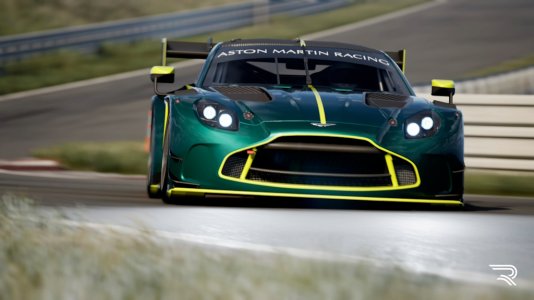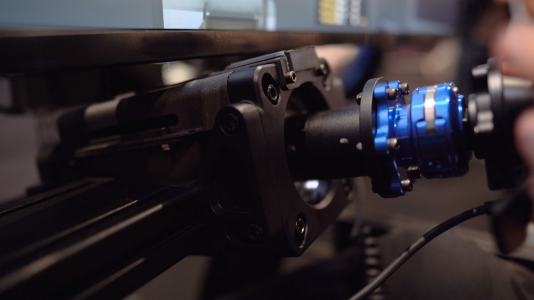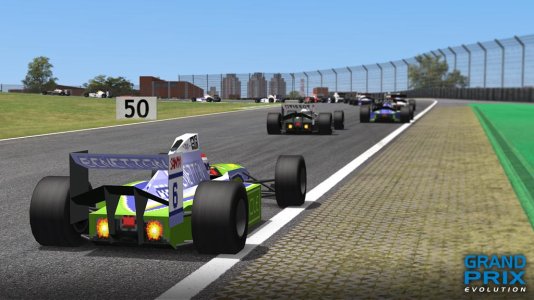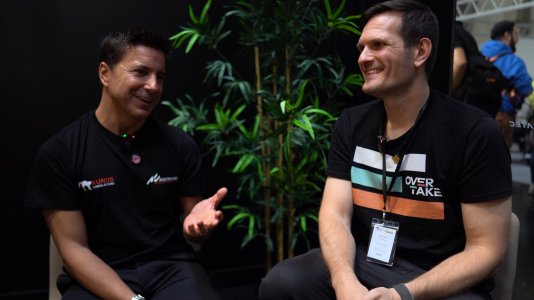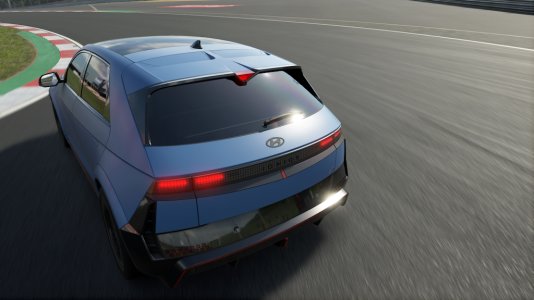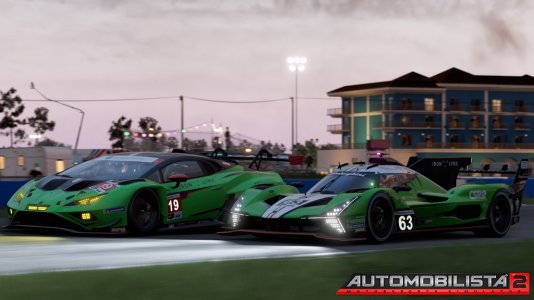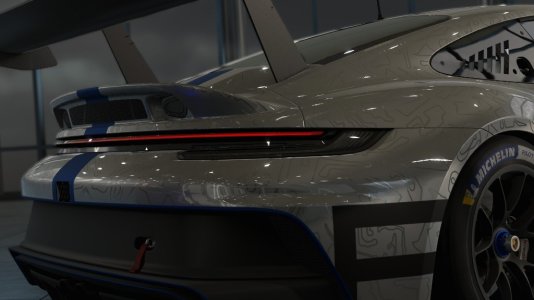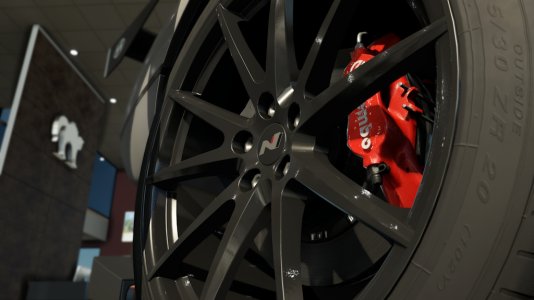Mr Latte
Premium
An example was made in how Andrew referred to using 25Hz for curbs and enjoyed what it offered.
I presented that much more is possible.
"Canned" effects were also mentioned, and yes I believe the vast majority of people have rather simple effects. They also do not look that deeply into combining different effects to develop more what sensations can be felt.
The truth is with budget/entry-level hardware they are limited anyway so it's not something a lot of people may have ventured into. Likewise, the point raised is that many sim racing fans do not want to spend hours and hours trying to learn how to develop or make effects that work better.
This is one area I have spent a lot of time and invested over 3K on hardware/software tools to help in comparing the output different effects/settings within Simhub applies. I am keen to get back into more testing and development but I see a lot of potential still.
User Preferences / Simhub Controls
How can we make more detailed bumps/curbs with tactile to perhaps a motion system, to the point that some users will rely more on the tactile and turn down the motion?
We can submerge the user's torso in particular with specifically placed units and apply with purposely selected and configured hardware a way to offer the full dynamics of bass.
To my understanding, a motion system does not do this nor does it allow the level of tuning or effects creation to how the felt sensation will be represented as can be achieved with audio.
Audio/vibration can greatly stir emotion, helping to connect the person's sensory attachment with the sim creating a link with our other senses and the user's input devices. The question is how far can we take tactile felt activity of various sensations being generated from the sims physics/telemetry and have these applied or combined at once?
I raised the point that several effects can be active in specific scenarios like "curbs"
So my approach on this is not to take a single effect and apply to that just a basic or limited tone response to represent that effect's range or operation. This is the norm perhaps but I have highlighted for some time the advantages Simhub has brought over other tactile software solutions.
Multiple Effects Combined
We can represent different speed/loads the car's chassis may be under or present felt differences in curb size or shape, from fast responses in saw edge curbs or more rounded or slight curb surfaces up to a large sausage curb? To also apply a different felt sensation for off-track elements such as grass or sand.
How can we do this, we discover how to apply effects that are active at the same time during such scenarios and give these their own unique feel. The physics/telemetry that is constantly varying then represents different felt sensations based on the combination of effects that are active. So this brings much more room for possible felt variations.
Not relying on one primary effect component to represent a scenario. These effects each have multiple layers to help represent their own small-high telemetry values. So we give them a range of felt sensations. With this, we then bypass the old approach of setting out "frequency boxes" to apply only limited/key Hz for different effects, like it appears most people still do.
Tony, ideas are being worked on with others, to offer yes, potentially bespoke solutions for certain clientele but also solutions for the d.i.y community. I need to create a place to give RACEBASS an identity and cover my own blog or experimentation with tactile and my own build in what it will offer. If you or others have ideas, can give guidance or want to share something then please send me a private message in DM.
Bottom Line
Much better tactile is possible than what any current solution on the market provides.
If some here want to challenge the progress being made or want to downplay the initial feedback, then well that is up to them.
For many motion owners, it's still missing something and they still want more...
I presented that much more is possible.
"Canned" effects were also mentioned, and yes I believe the vast majority of people have rather simple effects. They also do not look that deeply into combining different effects to develop more what sensations can be felt.
The truth is with budget/entry-level hardware they are limited anyway so it's not something a lot of people may have ventured into. Likewise, the point raised is that many sim racing fans do not want to spend hours and hours trying to learn how to develop or make effects that work better.
This is one area I have spent a lot of time and invested over 3K on hardware/software tools to help in comparing the output different effects/settings within Simhub applies. I am keen to get back into more testing and development but I see a lot of potential still.
User Preferences / Simhub Controls
How can we make more detailed bumps/curbs with tactile to perhaps a motion system, to the point that some users will rely more on the tactile and turn down the motion?
We can submerge the user's torso in particular with specifically placed units and apply with purposely selected and configured hardware a way to offer the full dynamics of bass.
To my understanding, a motion system does not do this nor does it allow the level of tuning or effects creation to how the felt sensation will be represented as can be achieved with audio.
Audio/vibration can greatly stir emotion, helping to connect the person's sensory attachment with the sim creating a link with our other senses and the user's input devices. The question is how far can we take tactile felt activity of various sensations being generated from the sims physics/telemetry and have these applied or combined at once?
I raised the point that several effects can be active in specific scenarios like "curbs"
So my approach on this is not to take a single effect and apply to that just a basic or limited tone response to represent that effect's range or operation. This is the norm perhaps but I have highlighted for some time the advantages Simhub has brought over other tactile software solutions.
Multiple Effects Combined
We can represent different speed/loads the car's chassis may be under or present felt differences in curb size or shape, from fast responses in saw edge curbs or more rounded or slight curb surfaces up to a large sausage curb? To also apply a different felt sensation for off-track elements such as grass or sand.
How can we do this, we discover how to apply effects that are active at the same time during such scenarios and give these their own unique feel. The physics/telemetry that is constantly varying then represents different felt sensations based on the combination of effects that are active. So this brings much more room for possible felt variations.
Not relying on one primary effect component to represent a scenario. These effects each have multiple layers to help represent their own small-high telemetry values. So we give them a range of felt sensations. With this, we then bypass the old approach of setting out "frequency boxes" to apply only limited/key Hz for different effects, like it appears most people still do.
Tony, ideas are being worked on with others, to offer yes, potentially bespoke solutions for certain clientele but also solutions for the d.i.y community. I need to create a place to give RACEBASS an identity and cover my own blog or experimentation with tactile and my own build in what it will offer. If you or others have ideas, can give guidance or want to share something then please send me a private message in DM.
Bottom Line
Much better tactile is possible than what any current solution on the market provides.
If some here want to challenge the progress being made or want to downplay the initial feedback, then well that is up to them.
For many motion owners, it's still missing something and they still want more...
Last edited:



